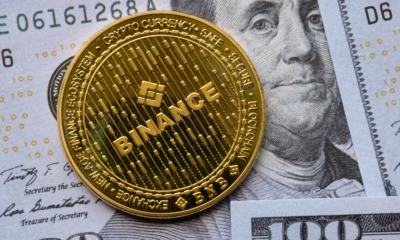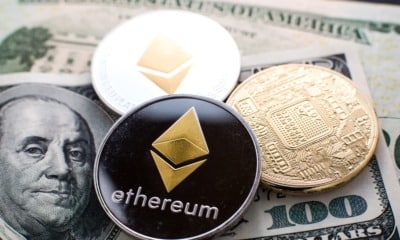Bitcoin
Bitcoin vs. Ripple Explainer

Whether you’re new to the world of blockchain technology or are simply looking to sharpen your sensibilities when it comes to distinguishing the market’s key players, there is always more to learn. Cryptocurrency trading is fuelled by hype and that means that new players are always popping up and disappearing. Bitcoin remains the constant staple in this everchanging landscape and also serves as a useful benchmark against which to understand and evaluate other actors. Find out more about 1 BTC to USD here. If you’ve got things like a graph of bitcoin price history saved to your bookmarks, there’s a good chance you’ve also encountered the name Ripple. If you are interested to learn how it stacks up against its forebearer, read on to discover the similarities and differences between Bitcoin and Ripple.
The risk remains the same
One thing to clear up right off the bat is that all cryptocurrencies exist in a volatile and very speculative market. Although a lack of regulations is part of the draw, it also means that anything goes and there are really no guaranteed bets. Ripple and Bitcoin are both parts of this ecosystem, so keep in mind that if you’re thinking about investing in either, or any blockchain cryptocurrency for that matter, you should go in ready to potentially lose your complete initial investment. When it comes to investing in any cryptocurrency, you’d be best to hedge your bets and only put forth capital that you would be comfortable without.
Ripple 101
When thinking about Bitcoin, most people understand it as a digital currency that can be used to purchase a variety of goods and services in the online marketplace. Therefore, the number one thing to understand about Ripple is that it serves a slightly different function. Simply put, Ripple is a system for currency exchange, payment settling, and remittance that can be used by payment networks and banks to provide higher transparency and security. Unlike Bitcoin, Ripple was never designed to be an independent method of payment. One of the biggest advantages of Ripple is that it allows for a fairly seamless transfer of assets that plays out in near real-time, providing more peace of mind for those involved in the transaction.
Ripple doesn’t use blockchain
Another important distinction to make between Bitcoin and Ripple is the fact that Ripple doesn’t use blockchain to fulfill its function. Unlike Bitcoin, Ripple works through a network of validating servers and crypto tokens. The tokens are often referred to as Ripples but are formally called XRP. These are the actual cryptocurrency being exchanged in Ripple, which uses a distributed consensus ledger.
A closer look at XRP tokens
In terms of how Ripple replaces standard settlement systems, it is useful to think of XRP tokens as a replacement for US dollars, which are frequently used as a middle ground currency for exchanging others. Due to established standards of exchange and the regulations in place, using US dollars not only takes considerably more time but is also accompanied by the dreaded currency exchange fees.
On top of costing more than most are happy to pay, standard international transfers can sometimes take three days or more to process. Enter the XRP token. Completely supplanting the process, the value of the assets being exchanged are first converted into XPR (as opposed to USD), allowing for fees to be wiped away and the waiting time to be reduced from days to mere seconds. Returning to the Bitcoin comparison, it is worth noting that Bitcoin transactions tend to take around 10 minutes, and although this is certainly less than three days, it is still significantly more than the five-second transaction rate Ripple can achieve. Even by considering to use automated crypto robots such as Quantum AI, BitAlpha AI, BitIndex AI, Bitcoin Prime and Bitcoin Billionaire, you would be able to fully automate your trading activities.
Different origin stories
Unlike the more mysterious emergence of Bitcoin, which is currently maintained by a team of dedicated developers and not tied to any government, bank, or third part, Ripple is more mainstream. Founded in 2012, Ripple was developed by an actual company and had set goals outlined from the get-go. This more standard entry onto the world stage has likely been one aspect that has helped make Ripple more palatable for major financial institutions. Santander and Fidor Bank are just a few of the big names who have said that they are in the process of testing or even implementing various applications of the Ripple Network payment apparatus.
No mining for Ripple
Another difference that might be hard for Bitcoin enthusiasts to wrap their heads around is that Ripple was not, in fact, designed to be mined at all. An important part of the Bitcoin ecosystem, miners of the cryptocurrency will typically be rewarded for their efforts in the form of a new Bitcoin. Ripple, meanwhile, is pre-mined. There are currently around 38 billion XPR tokens populating the market. The remainder resides in Ripple labs and will be released onto the market in incremental amounts. For further information on Bitcoin payments, check out dchained.
Featured Image Courtesy of Unsplash
Bitcoin
Bitcoin Price Dumps Below $41,000 Amid Uncertainty
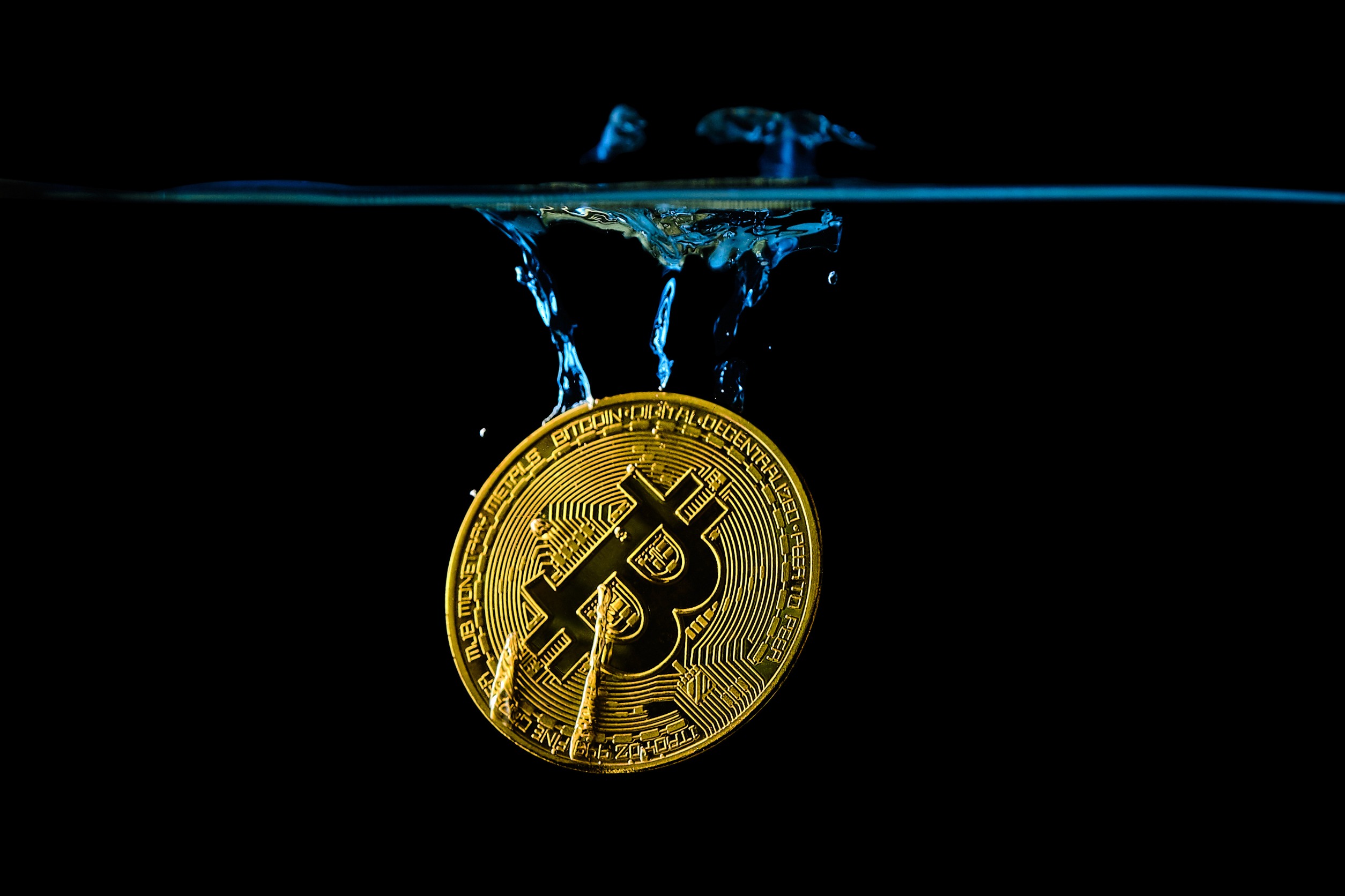
Bitcoin price dumped hard on Monday, briefly slipping below $41,000, erasing gains recorded in the previous week. The premier cryptocurrency seems to have exhausted its recent rally propelled by industry vulnerabilities. At the time of writing, the world’s largest cryptocurrency was trading slightly lower at $41,385. Bitcoin’s total market cap has dipped by 2% over the past day, while the total volume of BTC tokens traded over the same period climbed by 58%.
Fundamentals
Bitcoin price has been facing retracements and a rollercoaster over the past few days after recently rocketing to a 20-month peak. On-chain data has suggested that many investors used the opportunity to take some profits, leading to a decline in the asset’s price.
Bitcoin’s price slump is mirrored in the wider crypto market, with the global crypto market cap decreasing by 1.85% over the past 24 hours to $1.55 trillion. The total crypto market volume has increased by 32% over the same period. The Crypto Fear and Greed Index has plunged from a level of extreme greed to a greed level of 70, suggesting a decline in risk appetite.
Ethereum, the largest altcoin by market capitalization, is currently trading at $2,167, down almost 3% for the day. Meme coins have been hit hard by the market slump, with Dogecoin and Shiba Inu down by more than 4% over the last day.
Last week on Thursday, cryptocurrency experts took notice of…
Bitcoin
Bitcoin Price is in Consolidation Mode Despite Market Optimism Post-Fed Decision
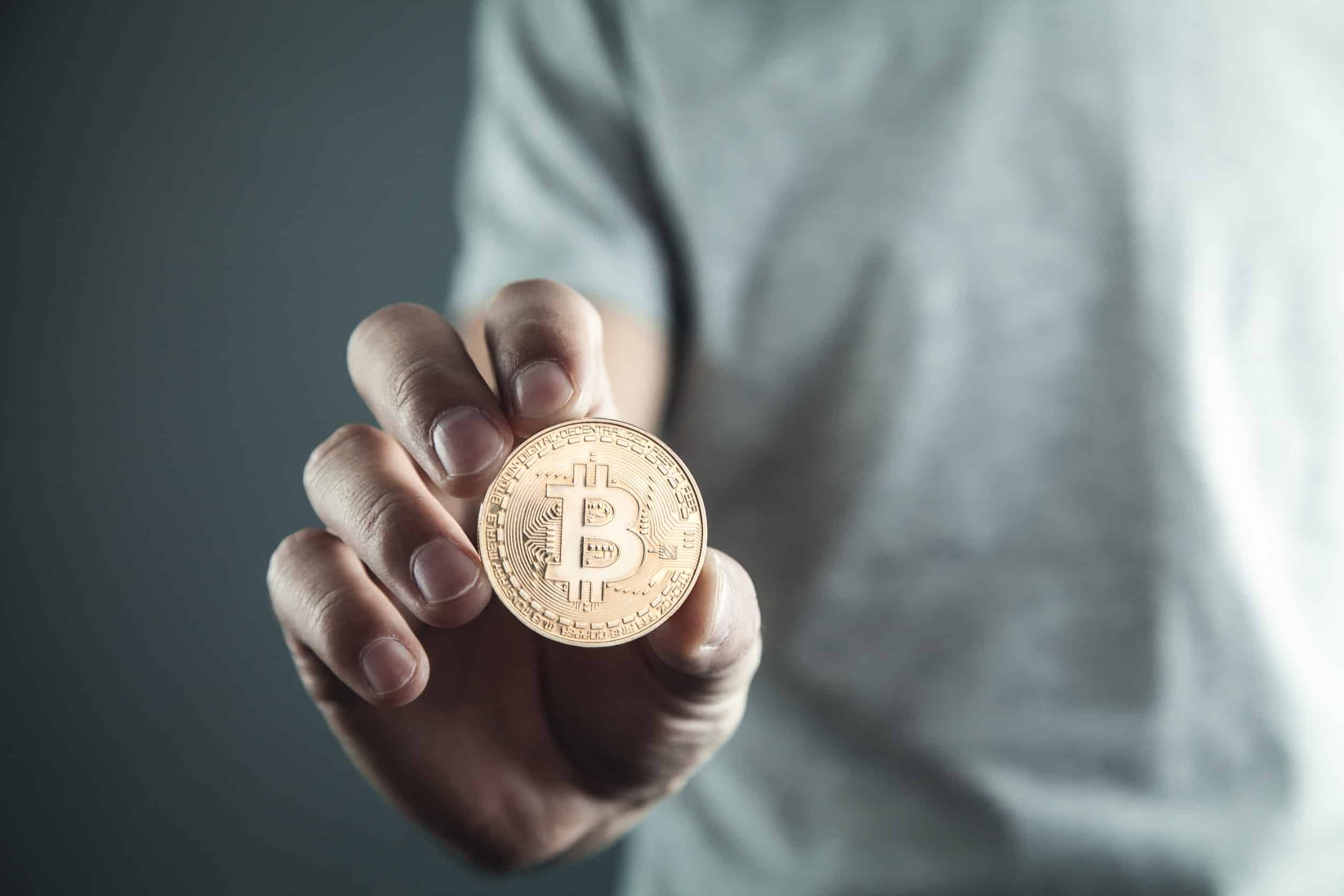
Bitcoin price edged lower on Thursday despite optimism in wider markets on the back of the Fed’s interest rate decision. The flagship cryptocurrency has been consolidating above the critical level of $42,000 after briefly topping $44,000, its highest level in 20 months. Bitcoin was trading 0.71% lower at $42,569 at press time. BTC’s total market cap has increased by more than 3% over the last day to $832 billion, while the total volume of the asset traded over the same period jumped by 22%.
Economic Outlook
Bitcoin price has been trading sideways over the past few days, suggesting a pause in its recent rally towards $45,000. The premier cryptocurrency has decreased by 4% in the past week but remains 15.22% higher in the month to date. The digital asset has staged a significant recovery this year after a torrid 2022 in which a string of scandals, including the collapse of FTX, led to a market meltdown, undermining the credibility of the sector.
The crypto market has been buoyed by the Fed’s latest interest rate decision. The US Federal Reserve on Wednesday held its key interest rate unchanged for the third consecutive time, in line with market expectations. With the easing of the inflation rate, members of the Federal Open Market Committee (FOMC) voted to keep the benchmark overnight borrowing rate in a targeted range between 5.25%-5.5%.
Additionally, the central bank indicated that three rate…
Bitcoin
Bitcoin Price Blasts $44K in Spectacular Surge as Spot Bitcoin ETF Approval Looms Large
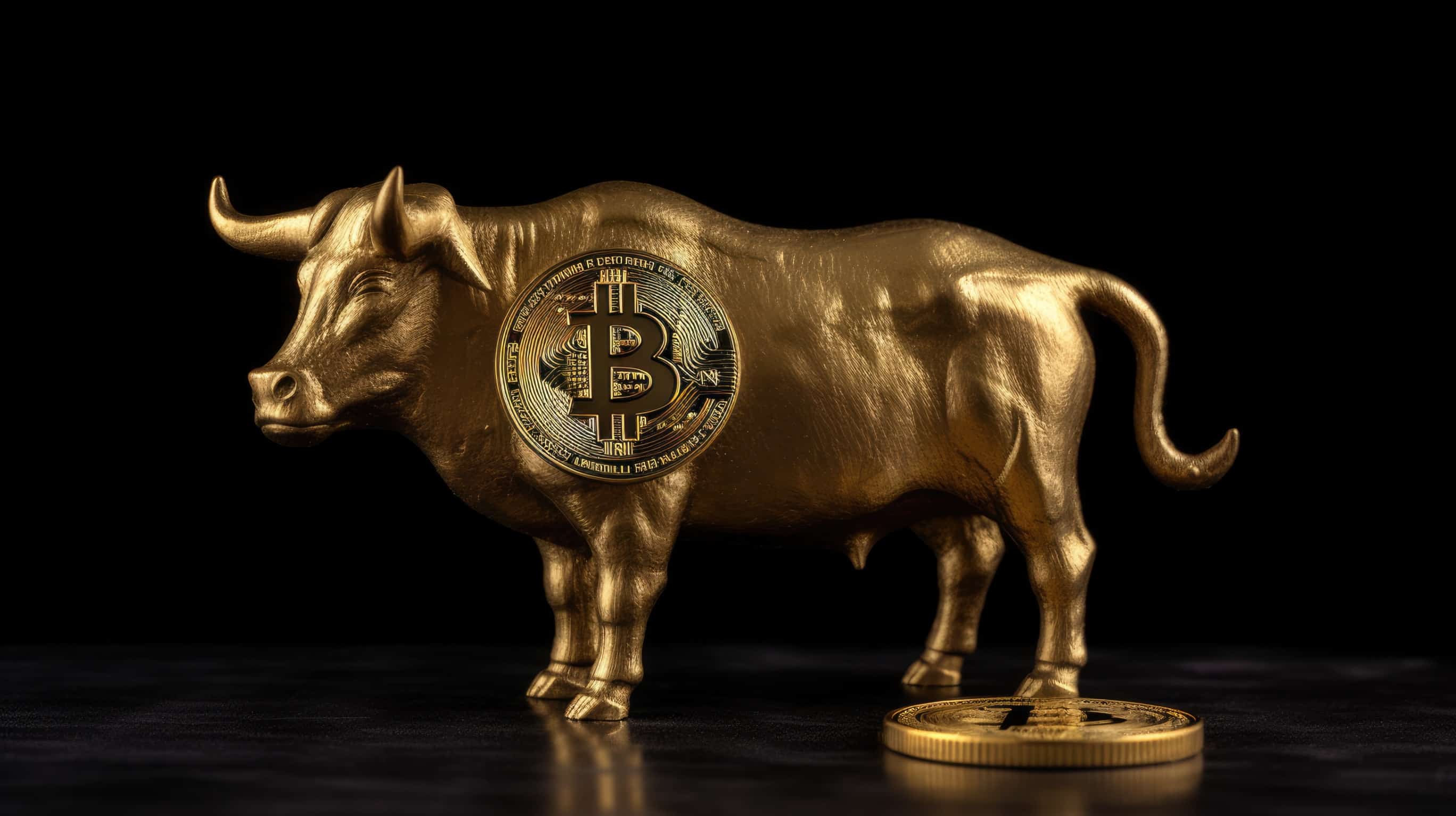
Bitcoin price has been hovering above the $43,000 psychological level over the past two days amid anticipation about the potential approval of a spot bitcoin ETF. The flagship cryptocurrency has climbed more than 16% in the past week and nearly 170% in the year to date. Bitcoin’s total market cap has increased by nearly 5% over the past 24 hours to $858.9 billion, while the total volume of the token traded rose by 43%. The Bitcoin price was trading at $43,914 at press time.
Fundamentals
Bitcoin price has posted significant gains over the past few days, climbing to its highest level since April 2022, before the crash of a stablecoin that started a litany of company failures, pummeling crypto prices. The world’s largest cryptocurrency briefly topped the crucial level of $44,000 on Wednesday amid rising momentum despite being massively overbought.
According to analysts, with no spot bitcoin ETF approvals yet and the halving event five to six months away, the market is riding on FOMO. Capital has been flowing in the Bitcoin market amid enthusiasm that the launches of spot ETF will bring in billions of dollars of new investment into the crypto sector.
Investors have already started providing capital as seed money for ETF products. Notably, a recent report by CoinDesk showed that the world’s largest fund manager, BlackRock, received $100,000 in capital from a seed investor for its spot bitcoin exchange-traded fund…
-

 Blogs6 years ago
Blogs6 years agoBitcoin Cash (BCH) and Ripple (XRP) Headed to Expansion with Revolut
-

 Blogs6 years ago
Blogs6 years agoAnother Bank Joins Ripple! The first ever bank in Oman to be a part of RippleNet
-

 Blogs6 years ago
Blogs6 years agoStandard Chartered Plans on Extending the Use of Ripple (XRP) Network
-

 Blogs6 years ago
Blogs6 years agoElectroneum (ETN) New Mining App Set For Mass Adoption
-

 Don't Miss6 years ago
Don't Miss6 years agoRipple’s five new partnerships are mouthwatering
-

 Blogs6 years ago
Blogs6 years agoCryptocurrency is paving new avenues for content creators to explore
-

 Blogs6 years ago
Blogs6 years agoEthereum Classic (ETC) Is Aiming To Align With Ethereum (ETH)
-

 Blogs6 years ago
Blogs6 years agoLitecoin (LTC) Becomes Compatible with Blocknet while Getting Listed on Gemini Exchange



